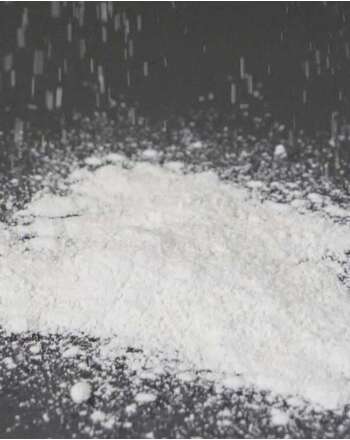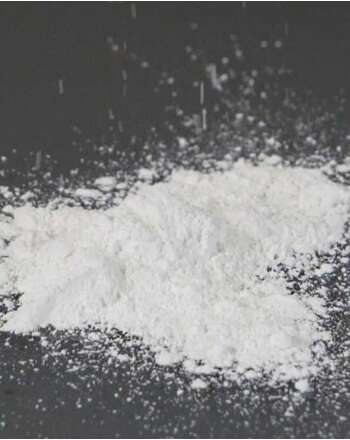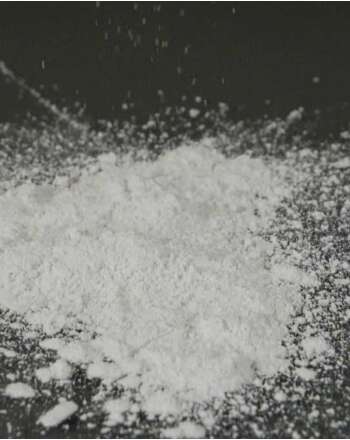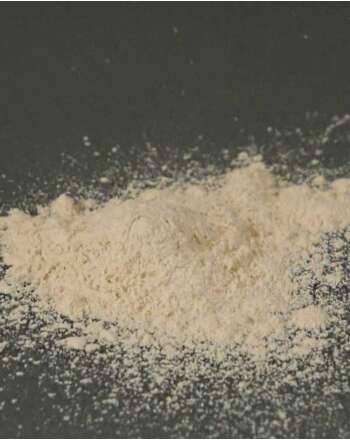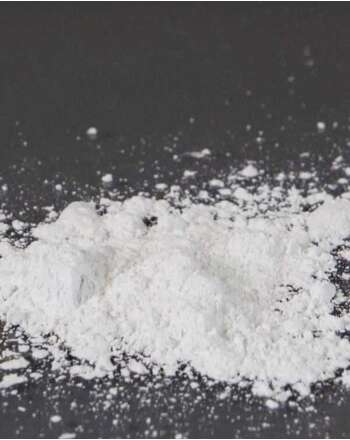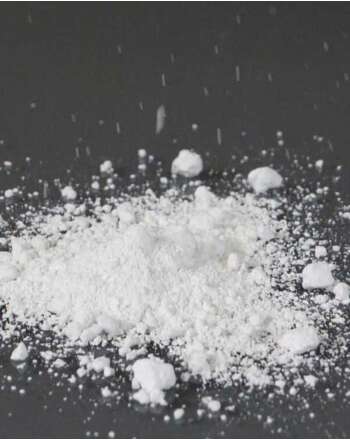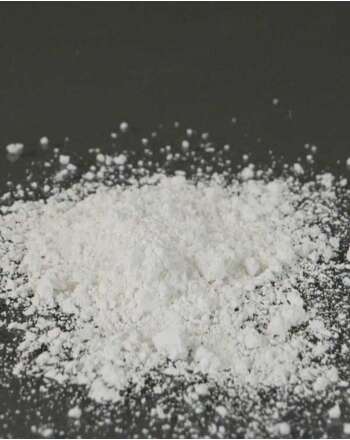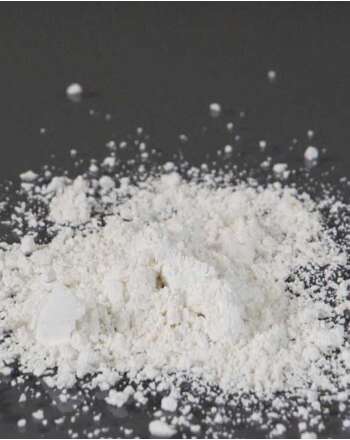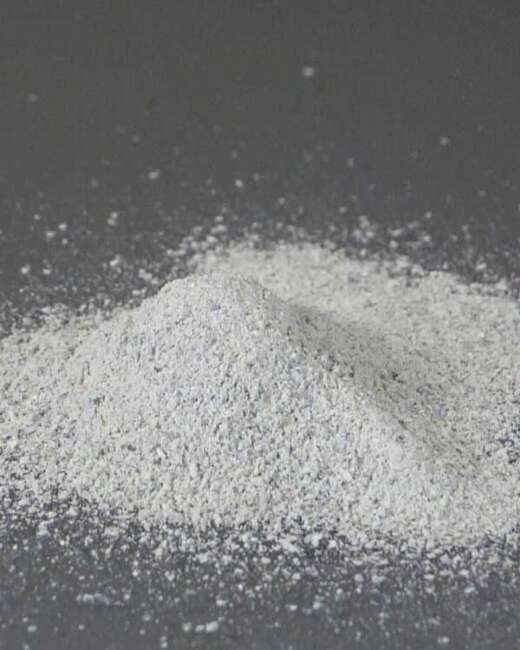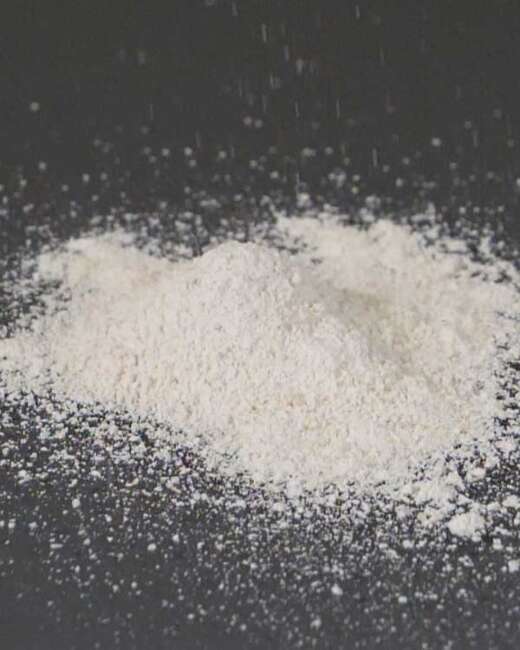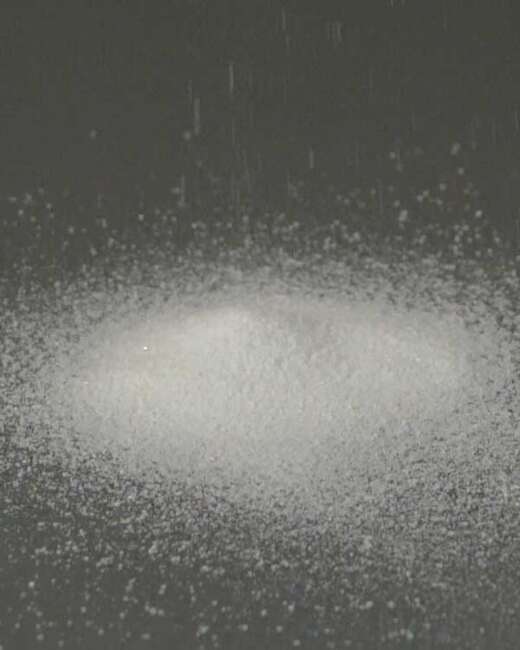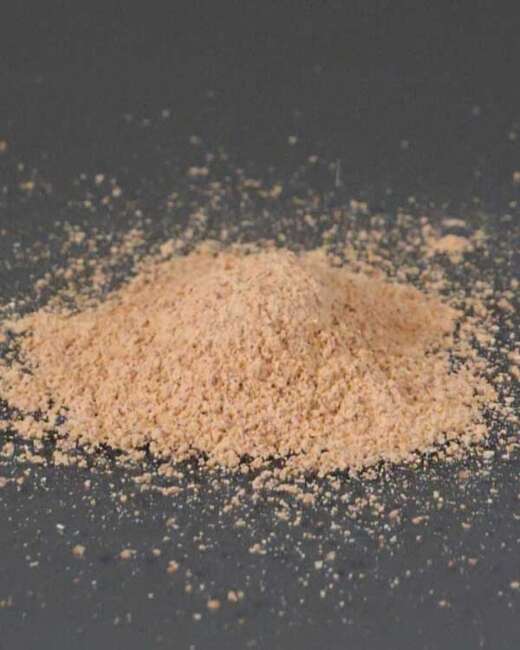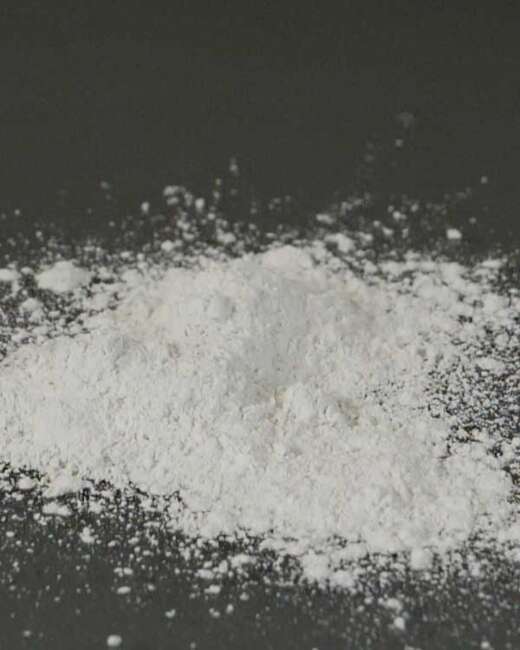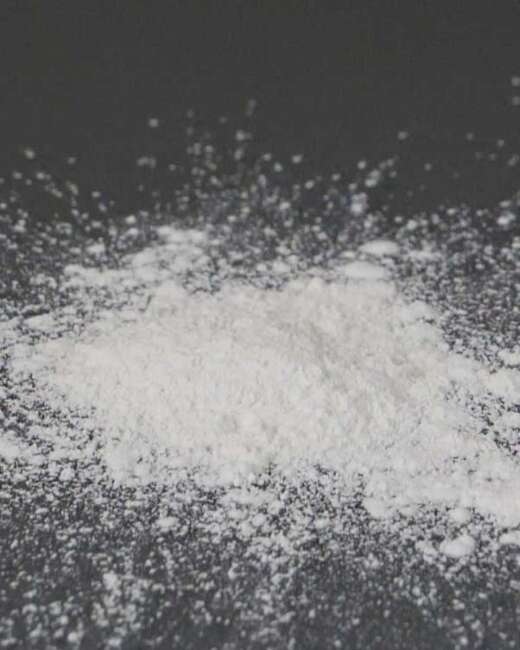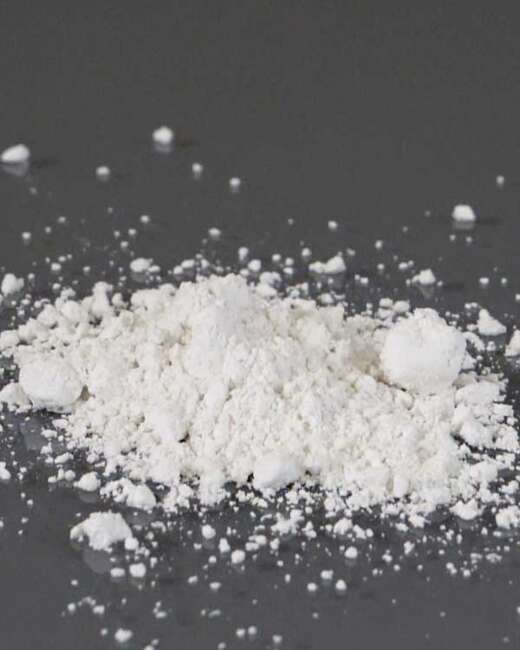To make oil paint spread more easily, you can use extenders such as calcium carbonate, barium sulfate, or kaolin. These substances, when added with additional oil, reduce paint viscosity, making it more workable and fluid. Additionally, using mediums like linseed oil, stand oil, or turpentine can further enhance paint spreadability, improving its flow and leveling.
Oil Paint Extenders: Enhance Your Oil Painting with Texture and Transparency

Extender pigments like chalk, calcite, marble, silica, talc, and mica can play an important role in paint. These minerals, often considered secondary to primary pigments, are vital in modifying paint’s properties. Extender pigments affect aspects such as opacity, coverage, texture, and mechanical performance, which are essential for artists. This article reviews recent studies on extender pigments and their impact on paint properties, providing insights into best painting practices.
How Particle Size Influences Paint Properties
The particle size of extender pigments significantly influences a paint’s optical and mechanical properties. According to DeArmitt and Hancock’s study, finer particles generally enhance a paint’s opacity and hiding power, while coarser particles contribute to a textured finish. For example, silica improves tensile strength and flexibility with its harder and finer particles, making the paint more durable.
Similarly, when used in their coarser forms, chalk and marble increase the paint’s texture and add bulk, making them ideal for creating underpainting or impasto techniques. On the other hand, finer particles are better suited for smoother layers and provide improved adhesion, as noted by Mohiuddin in his study on limestone-based paints.
Enhancing Paint Rheology and Application
Rheology, the flow and consistency of paint, is another property affected by extender pigments. Talc and mica, known for their platy particle shapes, improve the paint flow, making it easier to spread. This property is particularly beneficial in oil paints, where smooth application is often desirable.
According to Harben’s analysis of ground nepheline syenite (a nepheline and alkali feldspar), mica, and silica in coatings, these minerals enhance rheology by reducing the viscosity of paint without compromising its color intensity. Artists using acrylics or oil mediums can benefit from adding these extenders to achieve more controlled brushstrokes, especially during detailed work.
Mechanical and Protective Qualities
Extender pigments also enhance the paint’s mechanical properties. As detailed in the work by DeArmitt and Hancock, minerals like talc and silica not only increase tensile strength but also improve flexibility. This flexibility is crucial for paints applied on surfaces that may expand or contract, such as wood or canvas.
Harben’s study emphasizes that feldspar minerals and similar extenders add resistance to abrasion, which is vital for works intended for high-traffic areas or outdoor murals. Paints formulated with these extenders tend to have better scrub and burnish resistance, making them suitable for interior and exterior applications.
Coverage and Opacity
Chalk, calcite, and marble are well-known for improving a paint’s coverage and hiding power. As described by Phillips, these minerals scatter light effectively, increasing a paint’s opacity without significantly altering its color. This property allows artists to achieve even coverage with fewer layers, making these extenders valuable in both traditional and contemporary painting techniques.
Chemical Stability and Longevity
The chemical stability of paint is critical for artists, especially when creating works meant to endure. Feldspar and silica provide excellent resistance to chemical reactions, making them ideal for use in paints exposed to harsh environments. Harben’s research notes that feldspar, for instance, resists yellowing over time, maintaining color vibrancy.
Talc and mica contribute to the paint’s resistance to moisture, reducing the risk of mold growth and flaking. These characteristics make them suitable for creating works in humid environments or murals in urban areas.
Practical Tips for Artists
Artists can leverage the benefits of extender pigments by considering their particle size and the desired properties of the paint:
- For better coverage and opacity, use finer grades of chalk, calcite, or marble.
- To achieve textured effects, opt for coarser grades of extenders like calcite and marble.
- For enhanced flexibility and durability, incorporate silica and talc into oil or acrylic mediums.
- For moisture resistance in outdoor applications, prioritize feldspar and mica as extenders.
Versatile Tool for Artists
Extender pigments offer artists a versatile tool to modify paint properties and achieve desired effects. Understanding how these minerals influence paint can enhance artistic techniques and help achieve specific results, from better coverage to increased durability. As research evolves, artists can refine their materials further, making informed choices about the extenders they incorporate into their work.
Extender Pigments: How to Enhance Your Paintings without Altering Color
Watch this episode of Artist Materials Advisor on extender pigments and additives that can extend paint without affecting its color. This session focuses on calcite (chalk), barite (baryte), and the additive organoclay. Learn the differences between extender pigments and additives, how to incorporate them into your paint, and the best type for your painting practice.
For more information on this topic, here are additional articles:
Oil Paint Extenders: Enhance Your Oil Painting with Texture and Transparency
What Are Extender Pigments and How to Use Them in Oil Paint
Extender Pigments Mentioned in this Article
Bibliography
Ciullo, Peter. Industrial Minerals and Their Uses: A Handbook & Formulary. Noyes Publications, 1996.
This examines extender pigments like talc, marble, and chalk in coatings, detailing their impact on paint performance, such as durability and finish. Available here.
DeArmitt, Chris, and Michael Hancock. Particulate-Filled Polymer Composites. ResearchGate, 2003.
This book explores the mechanical effects of fillers like talc and silica on paint, emphasizing tensile strength, flexibility, and other mechanical properties.
Harben, Peter W., and David Lobdell. Ground Feldspar: The Potential for Sales in North America. Geoscience Data Queensland, 2005. Available here.
Analyzes the application of feldspar, silica, mica, and talc in protective coatings, detailing their role in improving paint’s durability, resistance, and finish.
Mohiuddin, A.K. An extensive review of face powders: Functional uses and formulations. International Journal of Pharmacy and Pharmaceutical Science. Academia.edu. Available here.
Focuses on how extender pigments such as limestone, chalk, and marble affect paint adhesion, opacity, and rheology.
Phillips, K.A. Industrial Minerals in Arizona’s Paint Industry. Arizona Department of Mines and Mineral Resources Open-file Report 89-1. May, 1989. Available here.
This paper examines marble and talc, focusing on their use in paints to enhance coverage, hide power, and create texture.
Frequently Asked Questions
How do you make oil paint spread more?
What are the different types of extenders in paint?
Extenders in paint include substances like calcium carbonate, barium sulfate, kaolin, silica, talc, and mica. Each extender has unique properties that can modify paint characteristics, such as opacity, gloss, and drying time. For example, calcium carbonate increases paint body and opacity, while talc adds a soft, matte finish.


